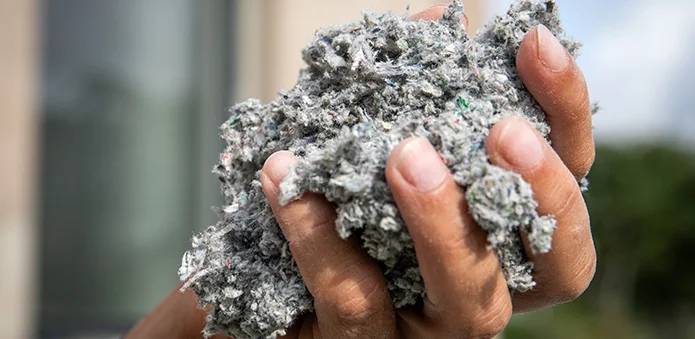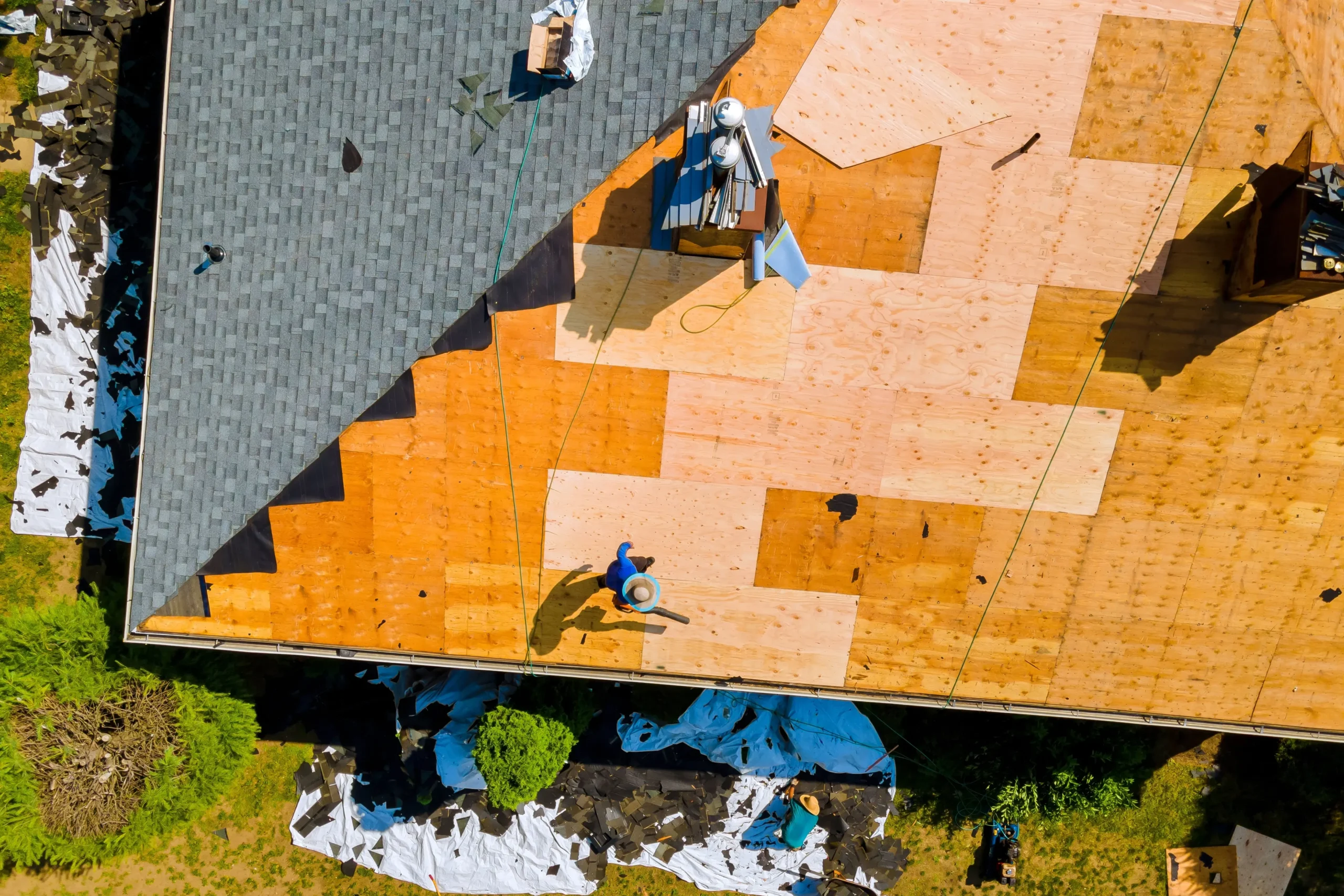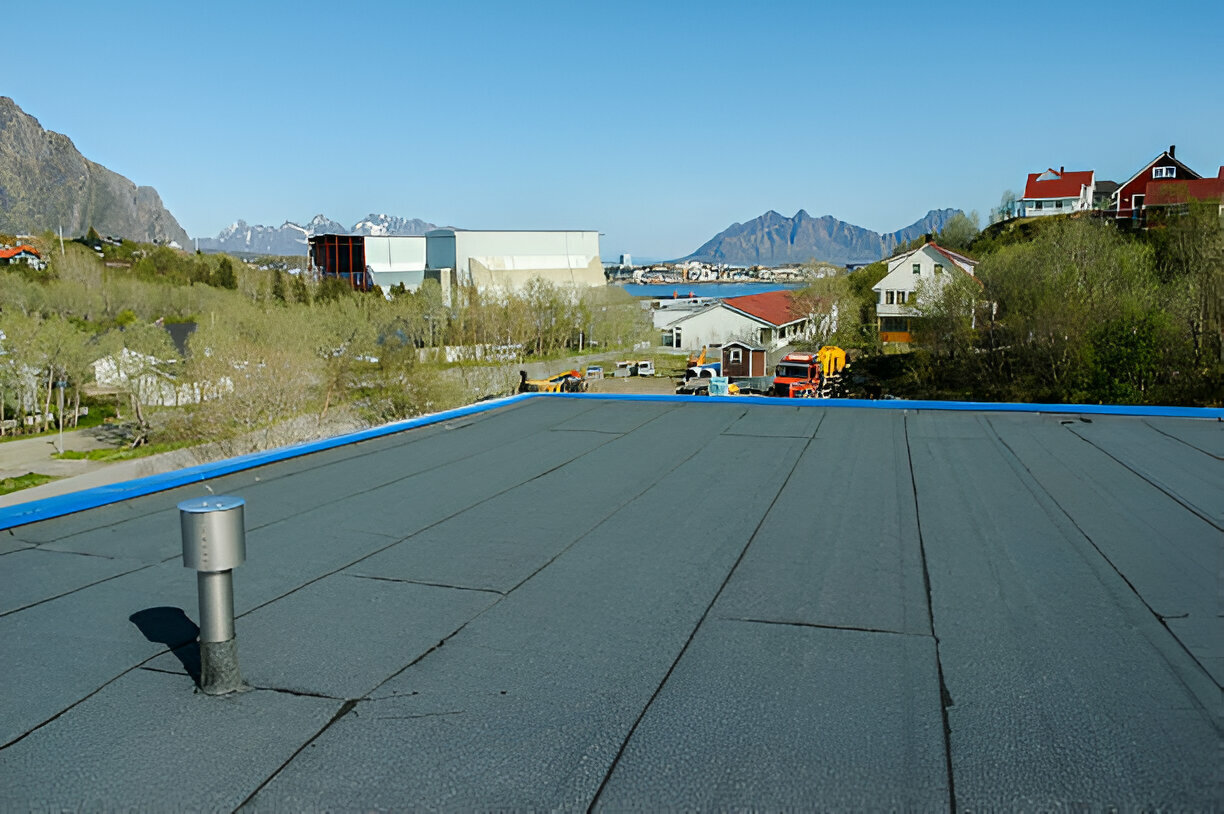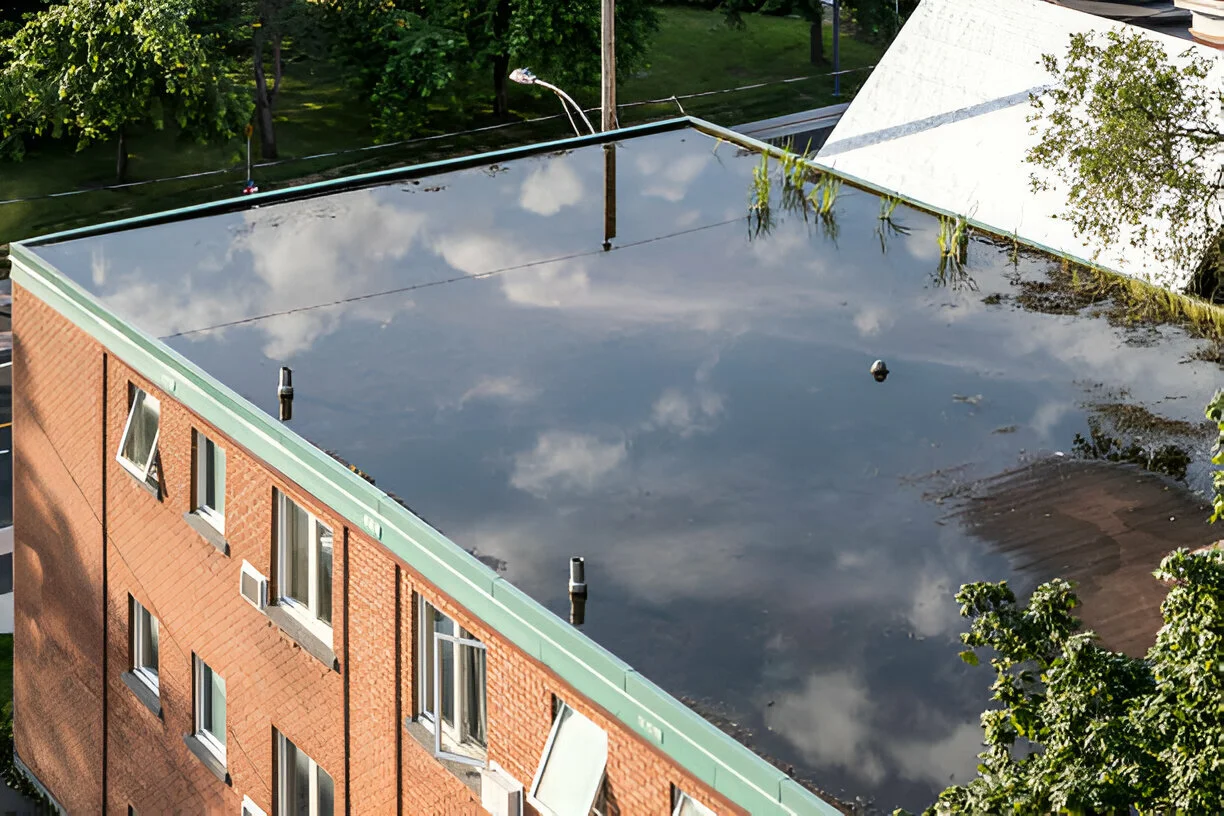People opt for cellulose insulation because it suits their
environmental and cost-conscious preferences. Revived
paper materials serve as this product’s foundation, providing environmental
sustainability and high energy savings. Like other materials, cellulose
insulation has disadvantages. The following section
examines these disadvantages, which will assist you in your
decision about installing it in your home.
1. Moisture Problems: A Big Issue
Paper-based cellulose insulation easily absorbs moisture.
This is because of the inherent property of its paper
components. Here are the potential consequences when
cellulose insulation gets wet.
Reduced Insulating Power:
Moisture damage reduces the insulation power.
Mold and Mildew:
The material develops both mold and mildew growth
after becoming wet.
Decay and Damage:
Prolonged exposure to moisture causes the decomposition
of the material. This reduces its efficacy.
2. It Settles Over Time
The initial installation represents the optimal
performance for cellulose insulation. This is before it
begins to settle along with compacting. This can cause:
Uneven Insulation:
When insulation settles. Then during this period,
some sections within your building might fail to
maintain proper insulation levels.
Ongoing Maintenance:
The insulation demands periodic extra installation.
It is to guarantee its continued performance
effectiveness. The process of home maintenance becomes
more expensive.

3. Pests Love It
Insulation is treated to resist pests. But pests such as
rodents or insects could still be attracted by the paper
compound in the insulation.
Rodent Nests:
The construction materials of rods like mice and rats
lead them to eat insulation for building nests.
Insect Infestation:
Comparing cellulose to insects reveals that termite
bugs show attraction toward this material.
Extra Costs:
You would need to hire pest control services.
The exchange damages insulation sections when pests
invade your insulation material.
4. Installation Can Be Messy and Expensive
The installation of cellulose insulation demands professional
help. It is because it is a task that most people
cannot complete independently. Installation of this
material demands customized equipment together
with qualified installation techniques.
Higher Installation Costs:
The expense of professional installation will likely
increase the cost. It is because it requires expert help.
Messy Job:
The installation of cellulose insulation leads to large dust
and debris production. It makes the process messy. You
may need extra cleaning of the site following the work
completion.
Not DIY-Friendly:
The installation process of cellulose insulation tends
to be difficult. This is for those wanting to perform it
themselves.
5. Fire Risk: Not Completely Fire-Proof
Fire retardants applied to cellulose insulation provide
limited fire protection. This is because the material
remains partially flammable. Cellulose insulation provides
safety benefits over untreated materials. It becomes
combustible when coming into contact with temperatures
above typical levels.
Risk with Poor Installation:
Improper installation of cellulose insulation causes
many risks. Inadequate ventilation in specific areas
like attics presents more danger of fire occurrence.
6. Health Concerns During Installation
The use of cellulose insulation remains safe for its intended
purpose. But sometimes installation methods create
minor health-related issues. During installation, cellulose
releases tiny fibers that become airborne. Thus presenting
the following health risks:
Respiratory Issues:
The micro-sized dust particles from the installation
process will cause respiratory harm to the lungs. You
should worry most if you lack protective equipment.
Most commonly facial masks and work clothing.
Installer Safety:
During installation, you need to maintain safety. It is
through necessary precautions. Professional installers
normally work with proper safety equipment.
Is Cellulose Insulation Right for You?
You should consider using cellulose insulation when
searching for affordable green products. This is done to
reduce energy bills. The following disadvantages should
be taken into account.
Mold and decay together with mildew appear.
The insulation settles in time which results in possible
recurrent maintenance requirements.
Pests have the potential to establish themselves
within your insulation material.
Professionals must handle the installation process
during which operations become cluttered.
Proper management of fire risks represents a high
priority.
Installation operations can cause health problems to
emerge for workers.
Final Thought
You should consider cellulose insulation when you live in dry
climates. The insulation choice between fiberglass or spray
foam makes more sense for people. It is for those who are
concerned about moisture or pest infestations or seek
reduced upkeep needs.
Getting professional advice will guide you in selecting the
most suitable insulation solution for your house.



